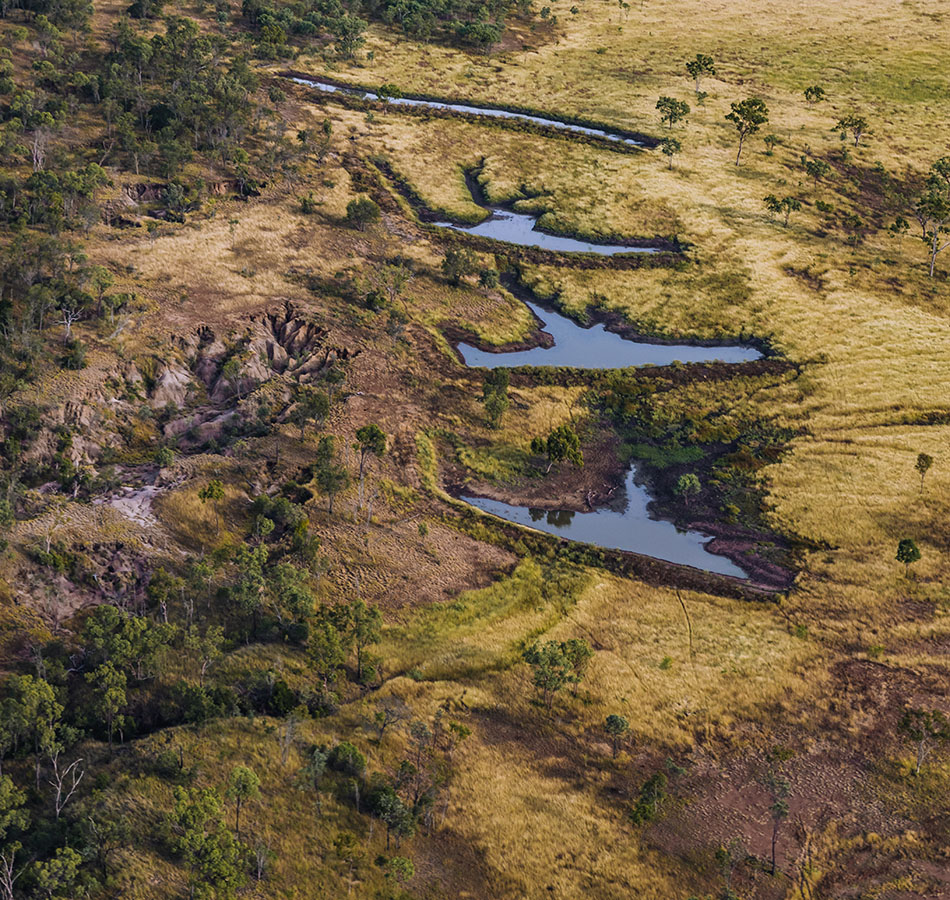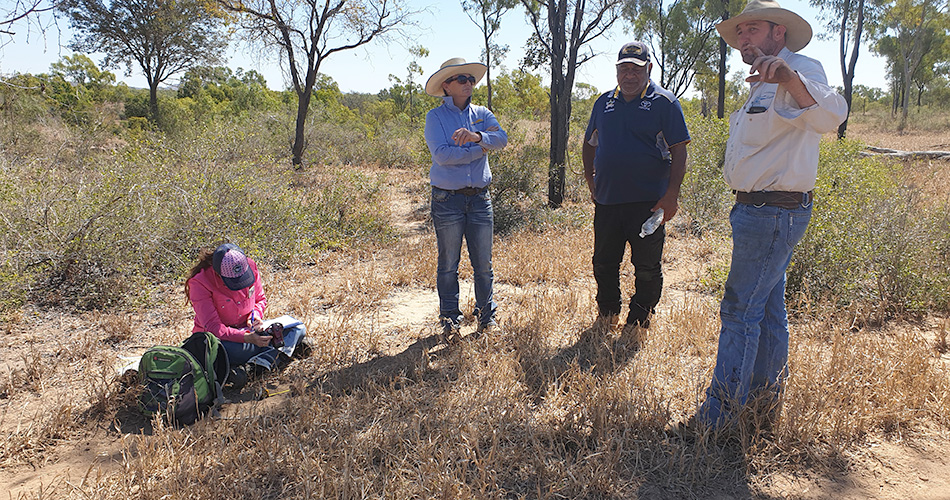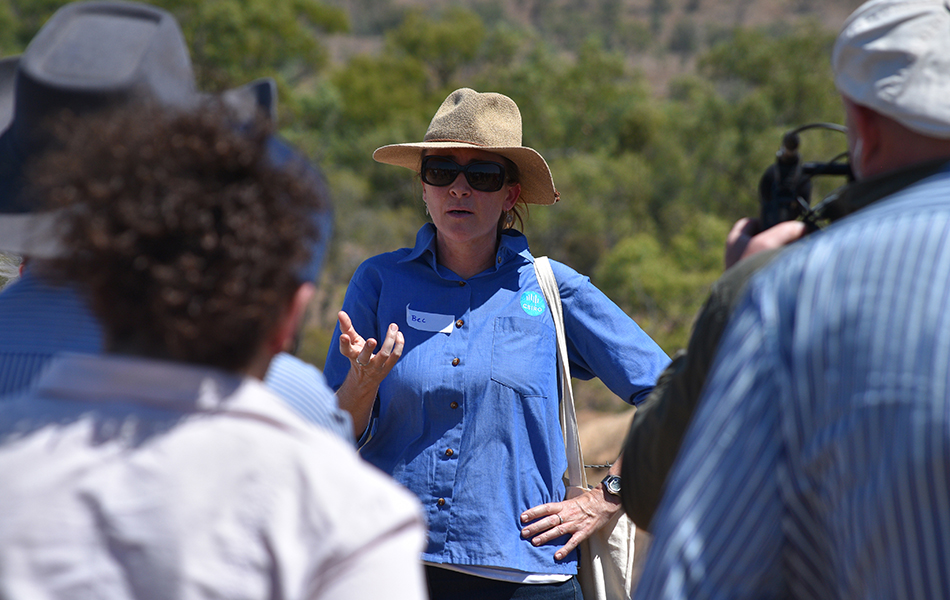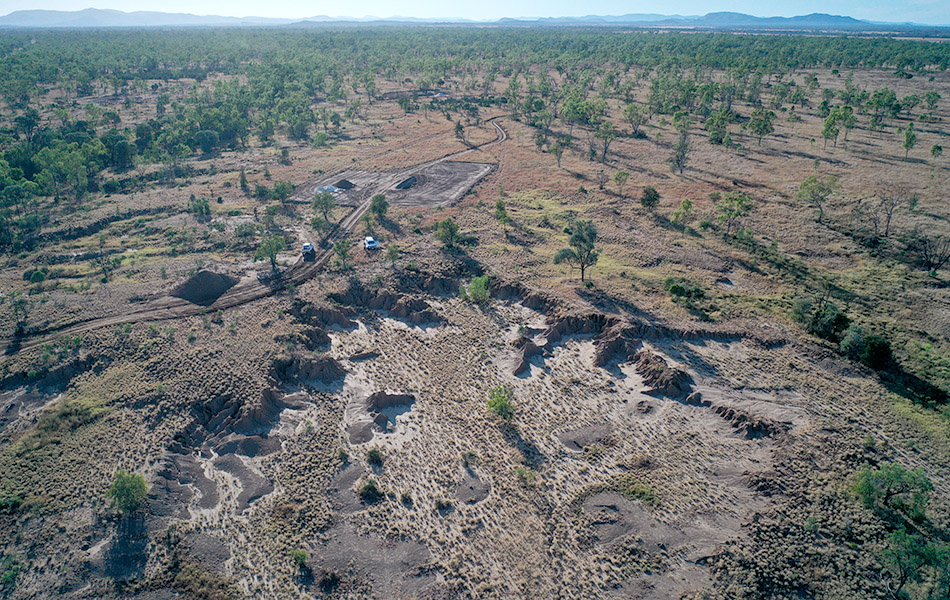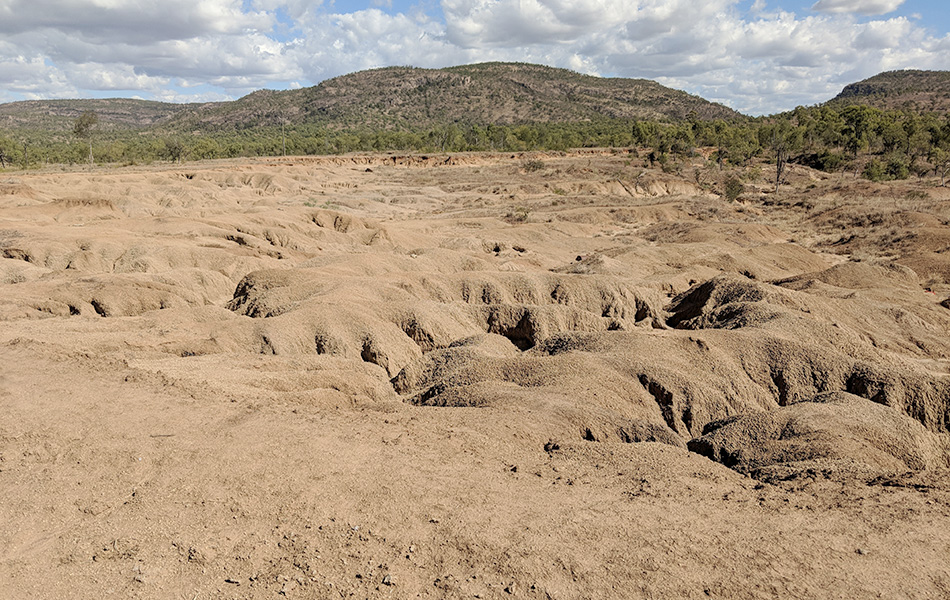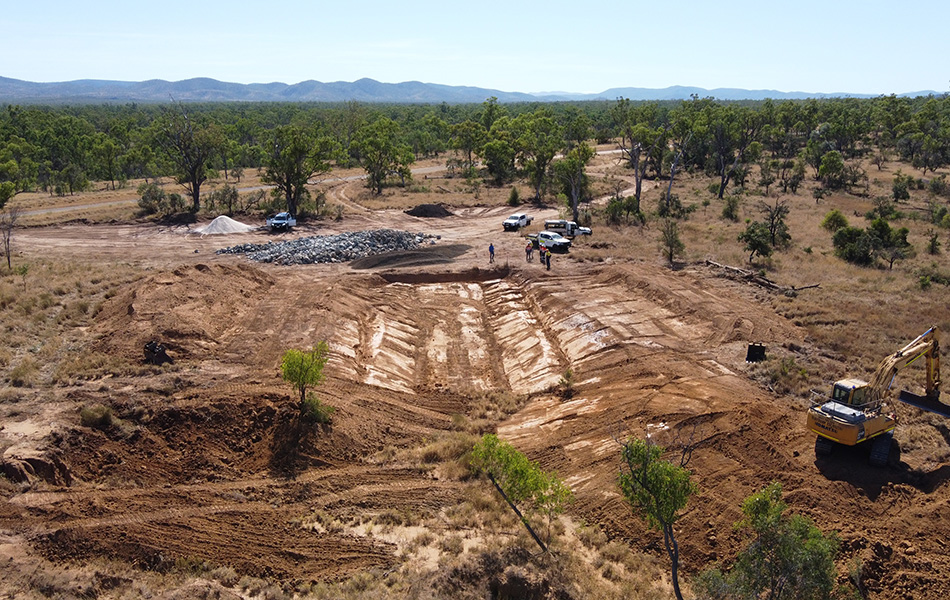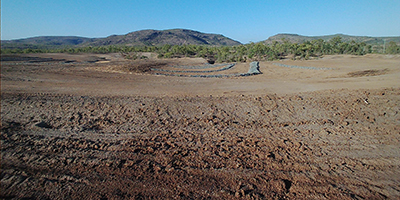
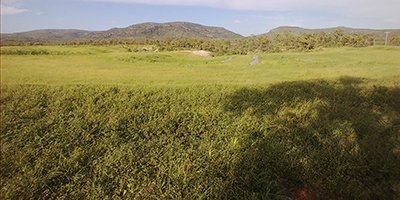
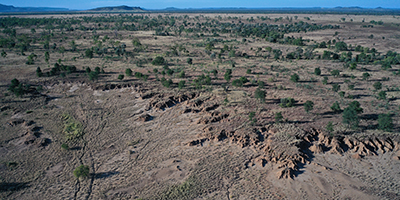
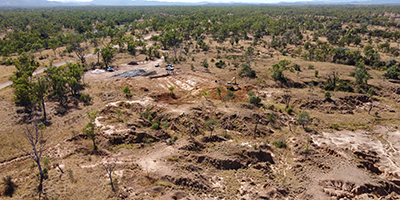
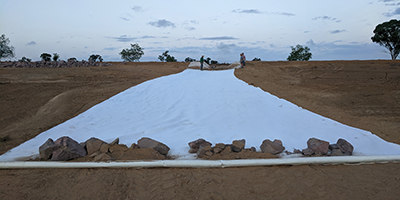
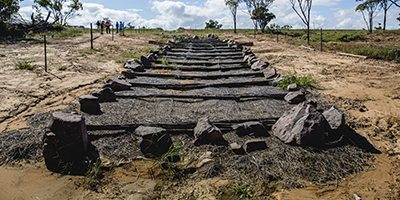
The earth’s been moved, but which treatments were best?
Between 2017-2020, the Burdekin Major Integrated Project (Landholders Driving Change) completed 25 gully remediation projects, five large-scale and 20 small-scale sites.
Collectively, these gully works treated more than 11,000 linear metres of gullies eroding from 54 gully heads. An estimated 10,500 tonnes of fine sediment was prevented by the works from reaching the Great Barrier Reef each year.
The gully characteristics ranged from small-scale requiring minor interventions carried out by landholders, to large-scale remediation requiring engineered solutions using large-scale earthworks equipment.
The Queensland Government, through the Queensland Reef Water Quality Program, approved NQ Dry Tropics to use underspend from this tranche of works, and provided additional funding for a total of more than $500,000 to go towards longer term monitoring and maintenance of gully sites.
Monitoring and maintenance work is being carried out from June 2022 to April 2025 and will include three wet seasons.
This project is known as the Burdekin Major Integrated Project Gully Maintenance and Monitoring project.
The blanket aim is to evaluate the most cost-effective methods for reducing the sediment and particulate nutrients generated and delivered from gullies.
Ongoing monitoring is needed to test assumptions on how long treatments will last, required level and frequency of maintenance, and whether reduction in fine sediment exports continues.
The overarching aims of this project are to:
- Monitor gully stability and carry out critical maintenance that will provide confidence in investment and sediment savings.
- Generate and share longer term learnings around timeframes and maintenance costs associated with maintaining gullies in a stable condition in the long-term.
An aerial view of the work at Dartmoor successfully trapping what would otherwise be fast-flowing, damaging water during rain events.
Conducting a cultural heritage survey are, from left: Michele Bird, Lisa Hutchinoson, Algon Walsh and Glen Bowen grazier, Christian Cormack.
Dr Bec Bartley, research scientists CSIRO Land and Water during a tour of some LDC project sites in 2019.
An aerial view of work underway at Havilah Station… and work to be done.
Coming up… a gully system named Glen Bowen 3 before works begin.
Havilah Station gully remediation.

